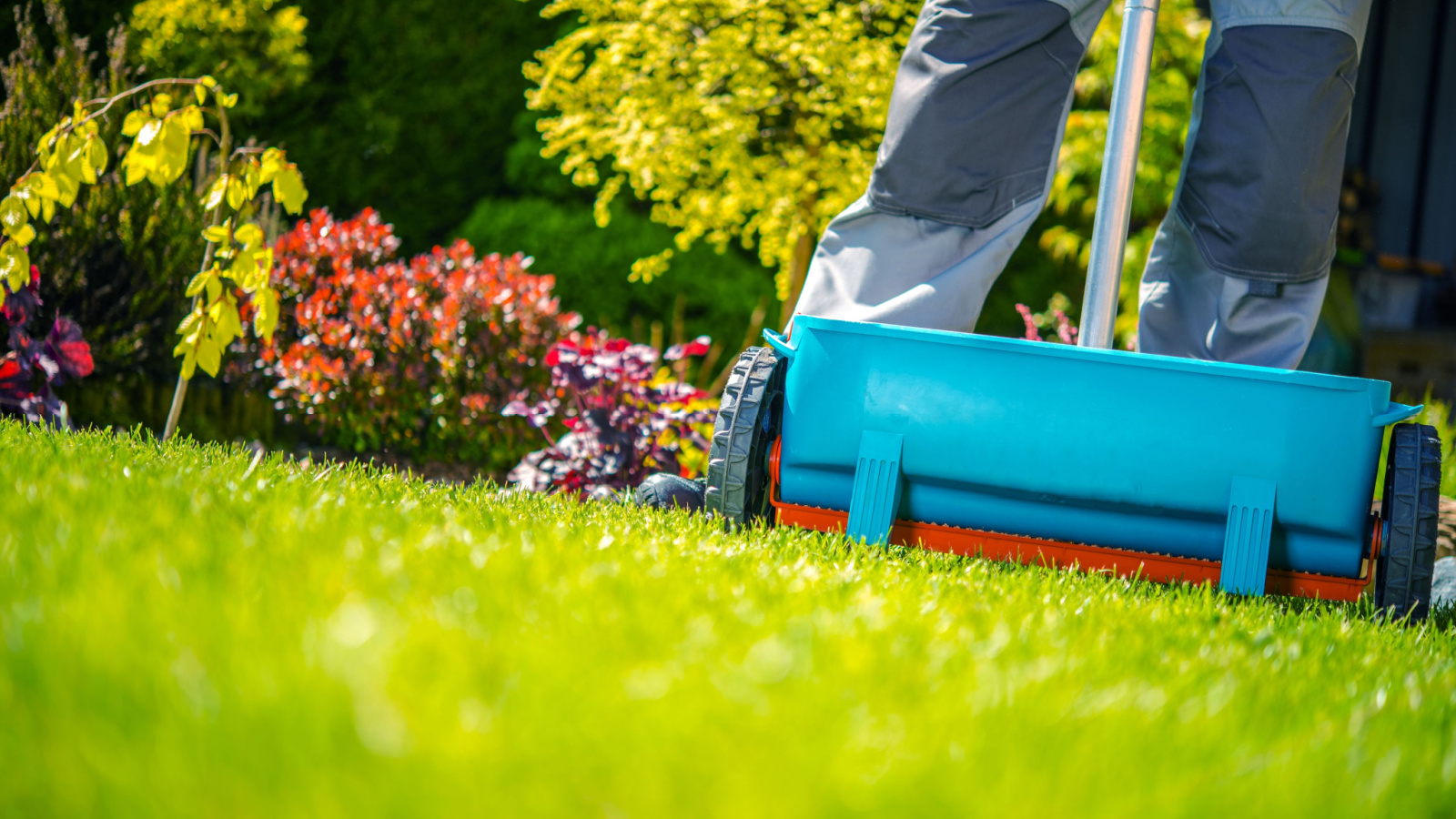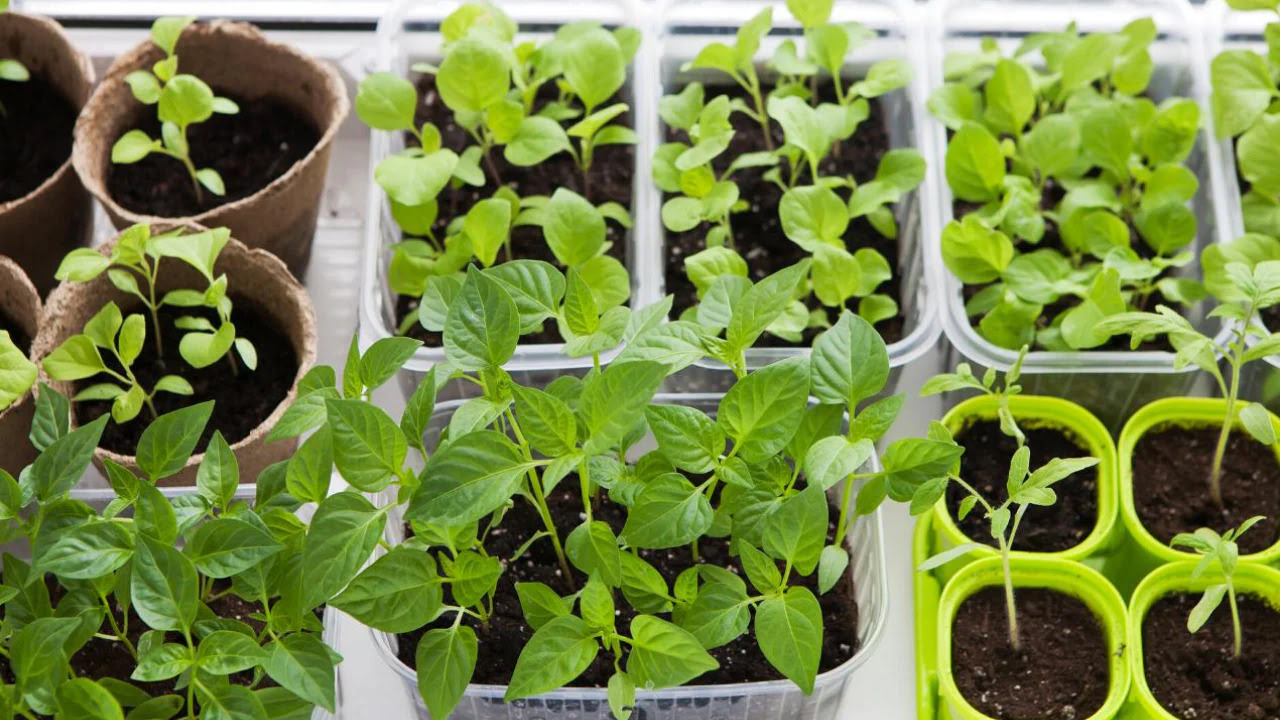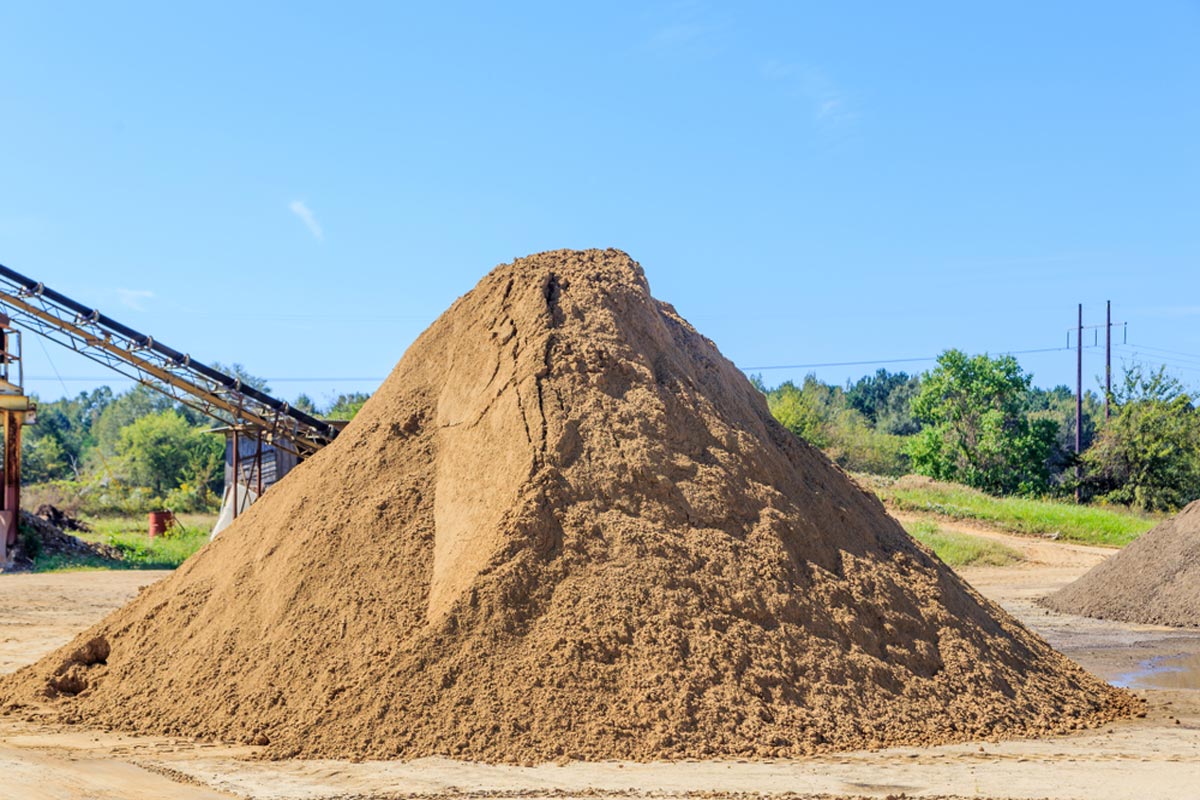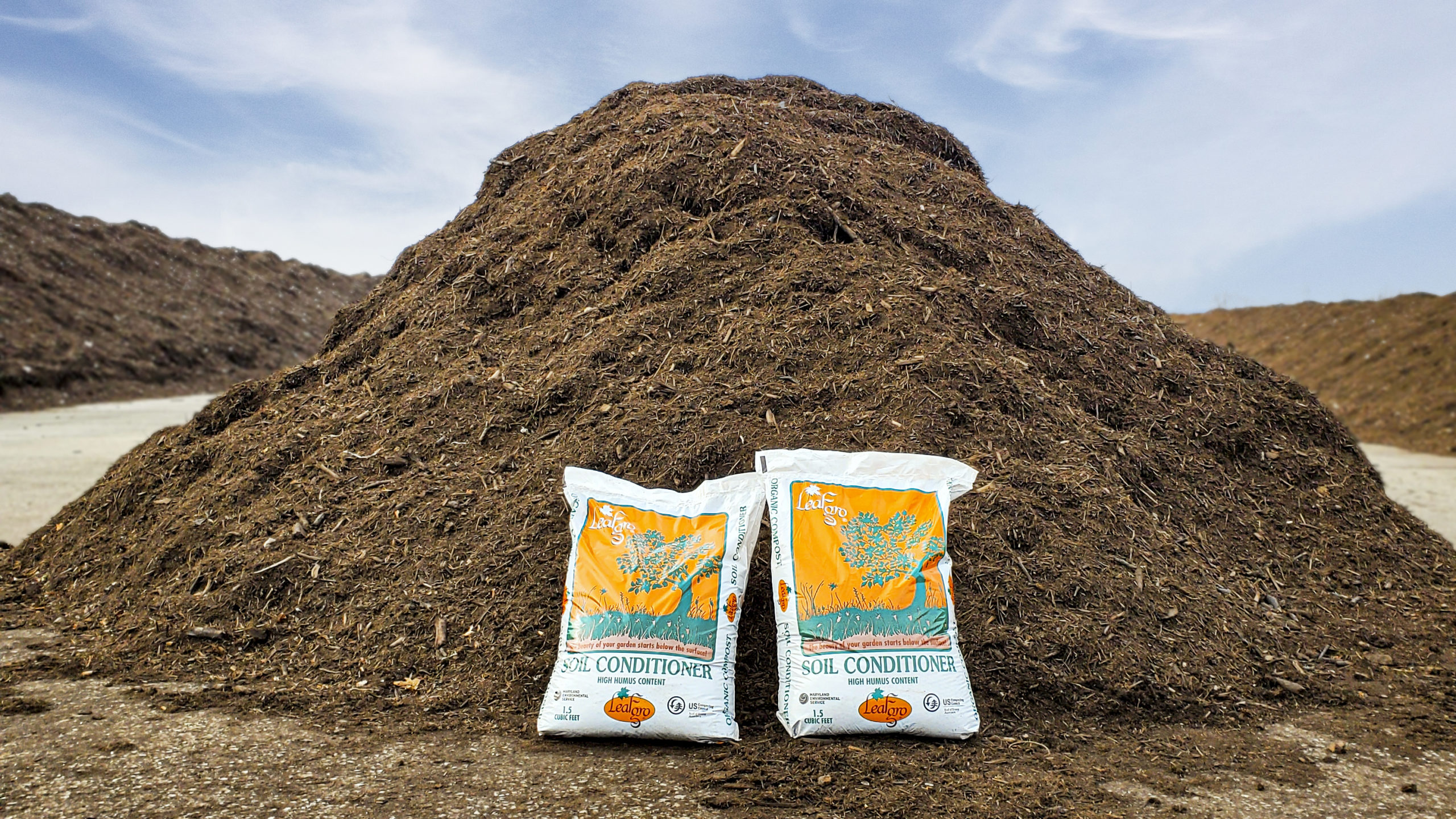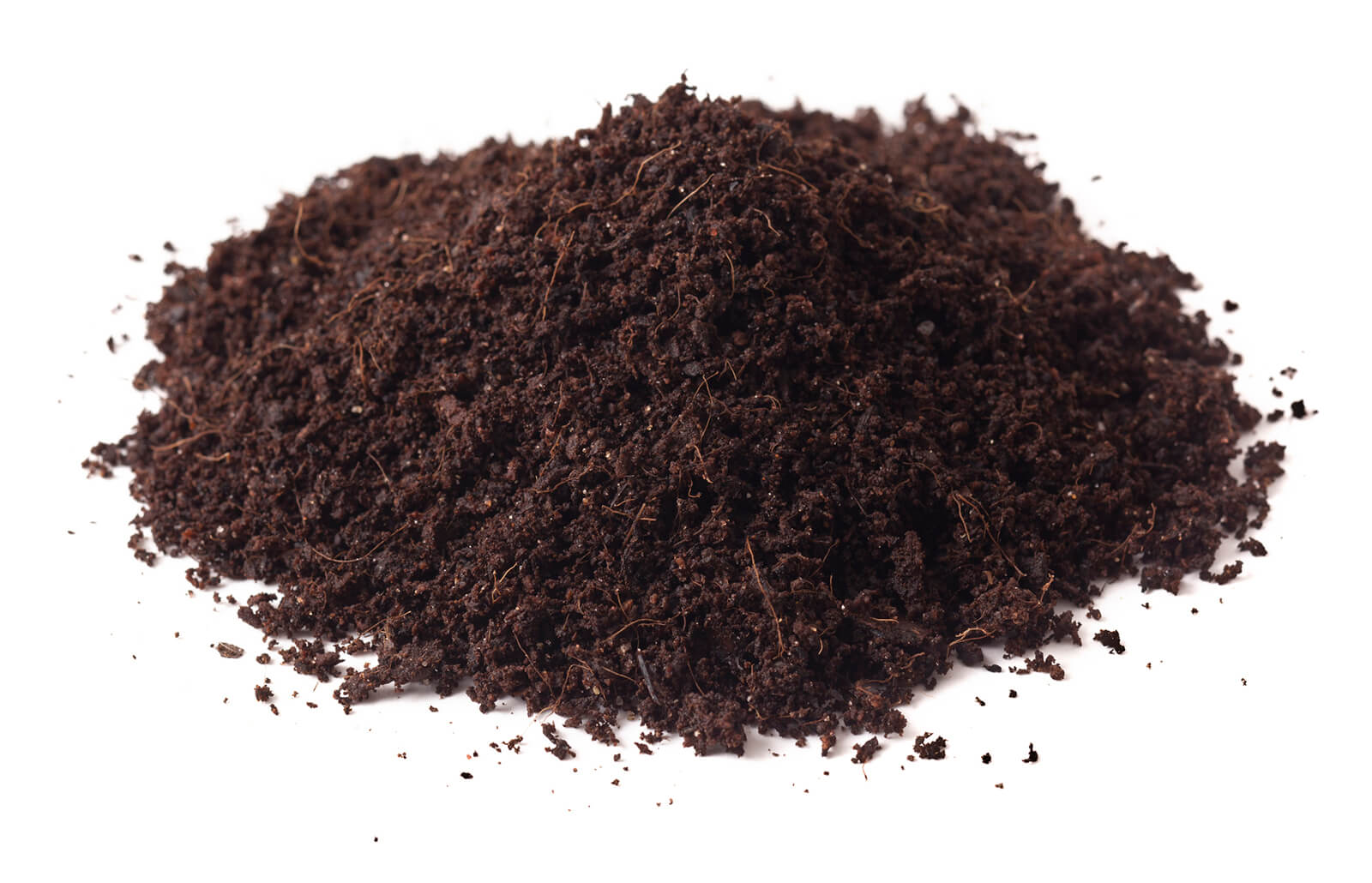Home>Gardening News and Trends>Latest News>Where To Donate Christmas Trees Near Me
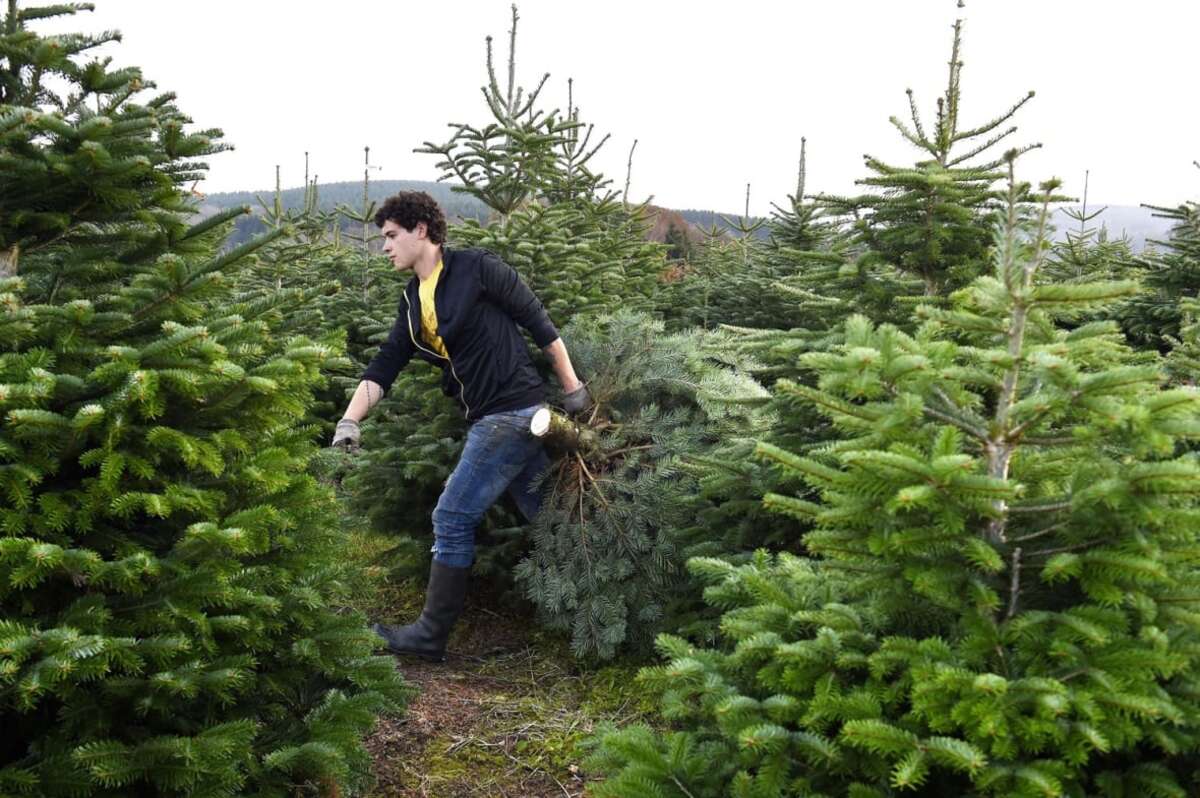

Latest News
Where To Donate Christmas Trees Near Me
Modified: February 8, 2024
Find out where to donate Christmas trees near you and stay updated with the latest news. Join the holiday spirit and make a difference this season.
(Many of the links in this article redirect to a specific reviewed product. Your purchase of these products through affiliate links helps to generate commission for Chicagolandgardening.com, at no extra cost. Learn more)
Table of Contents
Introduction
As the holiday season comes to an end and the twinkle lights start to come down, many people find themselves wondering what to do with their Christmas trees. Instead of simply throwing them away, there are several options for donating or recycling your Christmas tree. Not only does this help reduce waste, but it also allows your tree to serve a greater purpose even after the holiday festivities are over.
In this article, we will explore various avenues for donating your Christmas tree, from local recycling programs to charitable organizations and even wildlife conservation efforts. Whether you want to give back to your community, support environmental initiatives, or contribute to wildlife habitat restoration, there are plenty of opportunities to make a positive impact.
By choosing to donate or recycle your Christmas tree, you not only contribute to a more sustainable future but also help create a ripple effect of goodwill in your community. So, let’s dive in and discover all the wonderful ways you can make the most out of your Christmas tree donation!
Local Tree Recycling Programs
In many communities, local governments or waste management agencies organize tree recycling programs to encourage residents to dispose of their Christmas trees in an eco-friendly manner. These programs typically involve collecting Christmas trees from designated drop-off locations and then recycling them into mulch or compost.
To participate in a local tree recycling program, you can start by contacting your city or town’s recycling department. They will provide you with information about drop-off locations, collection schedules, and any requirements or guidelines for preparing your tree for recycling.
When donating your tree through a recycling program, it is important to ensure that all decorations, lights, and tinsel have been removed. Most programs only accept natural trees, so be sure to check if artificial trees are accepted in your area. Some programs may also require trees to be cut into smaller pieces or placed in specific bags or containers for ease of collection.
Once collected, the trees are transformed into mulch or compost, which can be used in landscaping projects throughout the community. This not only helps reduce the amount of waste going to landfills but also provides a valuable resource for improving soil health and promoting plant growth.
By participating in your local tree recycling program, you can contribute to a greener and more sustainable community while giving your Christmas tree a second life.
Charitable Organizations accepting Christmas Tree Donations
Another great option for donating your Christmas tree is to support charitable organizations that accept tree donations. These organizations often use the trees for various purposes, such as providing shelter, fundraising initiatives, or community outreach programs.
One popular way that charitable organizations utilize donated Christmas trees is by turning them into habitats for fish in local lakes and rivers. By sinking the trees into the water, they create refuge and breeding grounds for fish, promoting a healthier aquatic ecosystem. Contact local conservation groups or wildlife agencies to inquire about any tree donation programs they may have.
Some charitable organizations also use Christmas trees as part of their fundraising efforts. The trees are decorated and put up for auction or sale, with the proceeds supporting the organization’s initiatives or charitable causes.
In addition, some organizations may accept Christmas tree donations as a way to provide holiday decorations for those in need. The donated trees are given to families who may not have the means to afford a tree themselves, helping to bring joy and holiday spirit into their homes.
If you’re interested in donating your Christmas tree to a charitable organization, reach out to local nonprofits, shelters, or community centers in your area. They can provide you with information on their specific tree donation programs and any requirements they may have, such as tree size, condition, and drop-off locations.
By donating your Christmas tree to a charitable organization, you not only support a worthy cause but also spread holiday cheer to those who may be less fortunate.
Wildlife Conservation Programs
If you are passionate about wildlife conservation, consider donating your Christmas tree to programs that focus on creating and restoring habitats for various animal species. Christmas trees can provide valuable resources and shelter for wildlife, especially during the winter months.
One common use for Christmas trees in wildlife conservation is creating brush piles. These piles are made by stacking and interlocking the trees, creating a dense structure that serves as a refuge for small animals like rabbits, birds, and squirrels. The branches and needles provide cover from predators and harsh weather conditions.
Some wildlife conservation programs may also use Christmas trees to enhance bird nesting areas. The trees can be set up in designated locations, providing nesting materials and perches for birds to build their nests and raise their young. This is particularly beneficial for bird species that prefer nesting in dense vegetation.
When donating your Christmas tree to a wildlife conservation program, it is important to ensure that the tree is free of decorations, tinsel, and any substances that may be harmful to wildlife. Contact local wildlife agencies, conservation organizations, or nature reserves to inquire about their specific tree donation programs and guidelines.
By donating your Christmas tree to a wildlife conservation program, you are not only helping create habitats for various animal species but also actively contributing to the preservation and protection of wildlife in your area.
Community Gardens and Farms
Donating your Christmas tree to community gardens and farms can be a wonderful way to give back to your local community and support sustainable agriculture initiatives. Many community gardens and farms use Christmas trees in a variety of ways to benefit their operations.
One common use for Christmas trees in community gardens is as mulch. The trees can be chipped and turned into mulch, which helps retain moisture in the soil, suppresses weed growth, and provides nutrients as it breaks down over time. This can greatly benefit the plants and crops grown in the garden.
In addition, Christmas trees can be used as supports for vining plants such as cucumbers, peas, or beans. The trees provide a natural and sturdy structure for the plants to climb, reducing the need for synthetic supports.
Some community farms or agricultural programs may also use Christmas trees to create chicken coops or as part of livestock bedding. The trees provide a natural and environmentally friendly material that animals can nest in or use for shelter.
If you are interested in donating your Christmas tree to a community garden or farm, reach out to local gardening communities, urban farms, or agricultural organizations. They can provide you with information on their specific tree donation programs and any requirements they may have, such as tree size, condition, and drop-off locations.
By donating your Christmas tree to a community garden or farm, you are not only supporting local agriculture and sustainability efforts but also helping to create a greener and more vibrant community.
Environmental Organizations and Conservation Centers
Environmental organizations and conservation centers are dedicated to protecting and preserving the natural world. Donating your Christmas tree to these organizations can provide them with valuable resources for their conservation efforts.
Christmas trees can be repurposed in a variety of ways by environmental organizations and conservation centers. For example, the trees can be used to create erosion barriers along riverbanks or coastlines, helping to prevent soil erosion and protect vulnerable habitats. The trees can also be placed in wetland areas to provide nesting sites and shelter for waterfowl and other wetland species.
In some cases, Christmas trees can be used as part of educational initiatives. Environmental organizations and conservation centers may use the trees to teach visitors about sustainable practices, such as composting or mulching, and the importance of recycling natural resources.
When donating your Christmas tree to an environmental organization or conservation center, it is important to ensure that the tree is free of decorations, tinsel, and any substances that may be harmful to the environment. Contact local environmental organizations, nature centers, or wildlife sanctuaries to inquire about their specific tree donation programs and guidelines.
By donating your Christmas tree to an environmental organization or conservation center, you are not only supporting their conservation efforts but also contributing to the preservation of natural habitats and ecosystems.
Local Parks and Recreation Departments
Local parks and recreation departments play a vital role in maintaining and enhancing the beauty and functionality of public spaces. Donating your Christmas tree to these departments can contribute to their efforts in creating enjoyable and sustainable park environments for the community.
When donated to local parks, Christmas trees can be used in various ways. One common use is creating natural barriers or fencing. These trees can be strategically placed to create boundaries between park areas or to protect sensitive habitats from human disturbance.
In addition, Christmas trees can be used for erosion control in parks. By placing the trees in areas prone to erosion, such as steep slopes or riverbanks, they help stabilize the soil and prevent sediment runoff into streams or lakes.
Some parks and recreation departments also utilize Christmas trees for wildlife habitat enhancement. The trees can be used as cover for small animals like birds, rabbits, or squirrels. They provide a safe refuge and nesting areas in parks, allowing wildlife populations to thrive.
If you are interested in donating your Christmas tree to your local parks and recreation department, contact their office or park management team. They can provide you with information on their tree donation programs, drop-off locations, and any guidelines or restrictions they may have.
By donating your Christmas tree to your local parks and recreation department, you are not only supporting their efforts in maintaining and improving public spaces but also creating a more vibrant and wildlife-friendly environment for everyone to enjoy.
Tree Mulching and Composting Centers
Tree mulching and composting centers are dedicated facilities that specialize in processing organic materials, including Christmas trees, into nutrient-rich mulch or compost. Donating your Christmas tree to these centers allows for proper disposal while also contributing to the production of valuable resources for landscaping and gardening purposes.
When you donate your Christmas tree to a mulching and composting center, the trees are chipped and shredded to create mulch. This mulch can be used in various applications, such as covering garden beds, pathways, or tree surrounds. It helps retain moisture, suppress weed growth, and improve the overall health and appearance of plants.
In addition to mulch, Christmas trees can also be composted. Composting centers process the trees along with other organic materials, such as food scraps and yard waste, to create nutrient-rich compost. This compost can be used to enrich and enhance soil fertility, providing essential nutrients for plant growth.
By donating your Christmas tree to a tree mulching and composting center, you not only ensure responsible disposal but also contribute to reducing organic waste in landfills. This helps minimize methane emissions, a potent greenhouse gas that contributes to climate change.
To find a tree mulching and composting center near you, contact your local waste management agency or search online directories for recycling facilities in your area. They can provide you with information on drop-off locations, requirements for preparing the tree, and any fees, if applicable.
By donating your Christmas tree to a mulching and composting center, you play a part in the sustainable management of organic waste and the creation of beneficial products that contribute to the health and vitality of our environment.
Conclusion
As the holiday season comes to an end, there are numerous avenues for donating or recycling your Christmas tree that can extend its purpose beyond the festivities. By participating in local recycling programs, you can ensure proper disposal of your tree while contributing to the production of mulch or compost that benefits the community. Donating your Christmas tree to charitable organizations not only supports their initiatives but also brings joy to those in need or helps enhance wildlife habitats. Community gardens and farms can utilize your tree as mulch or support structures, promoting sustainable agriculture practices. Environmental organizations and conservation centers can repurpose your tree to create erosion barriers or provide shelter for wildlife, contributing to the preservation of natural habitats. Local parks and recreation departments can use your tree for natural fencing, erosion control, or wildlife habitat enhancement, creating beautiful and sustainable park environments. Lastly, tree mulching and composting centers offer a responsible and eco-friendly way to dispose of your tree while producing valuable resources for landscaping and gardening purposes.
By choosing to donate or recycle your Christmas tree, you actively contribute to environmental sustainability, community engagement, and wildlife conservation efforts. Each option offers a unique way to give back and make a positive impact, empowering you to extend the joy and spirit of the holiday season beyond its traditional timeframe.
So, as you bid farewell to your Christmas tree, consider the various options available in your area and select the one that resonates with your values and desires. Together, we can create a more sustainable and meaningful future for our communities and the natural world.
